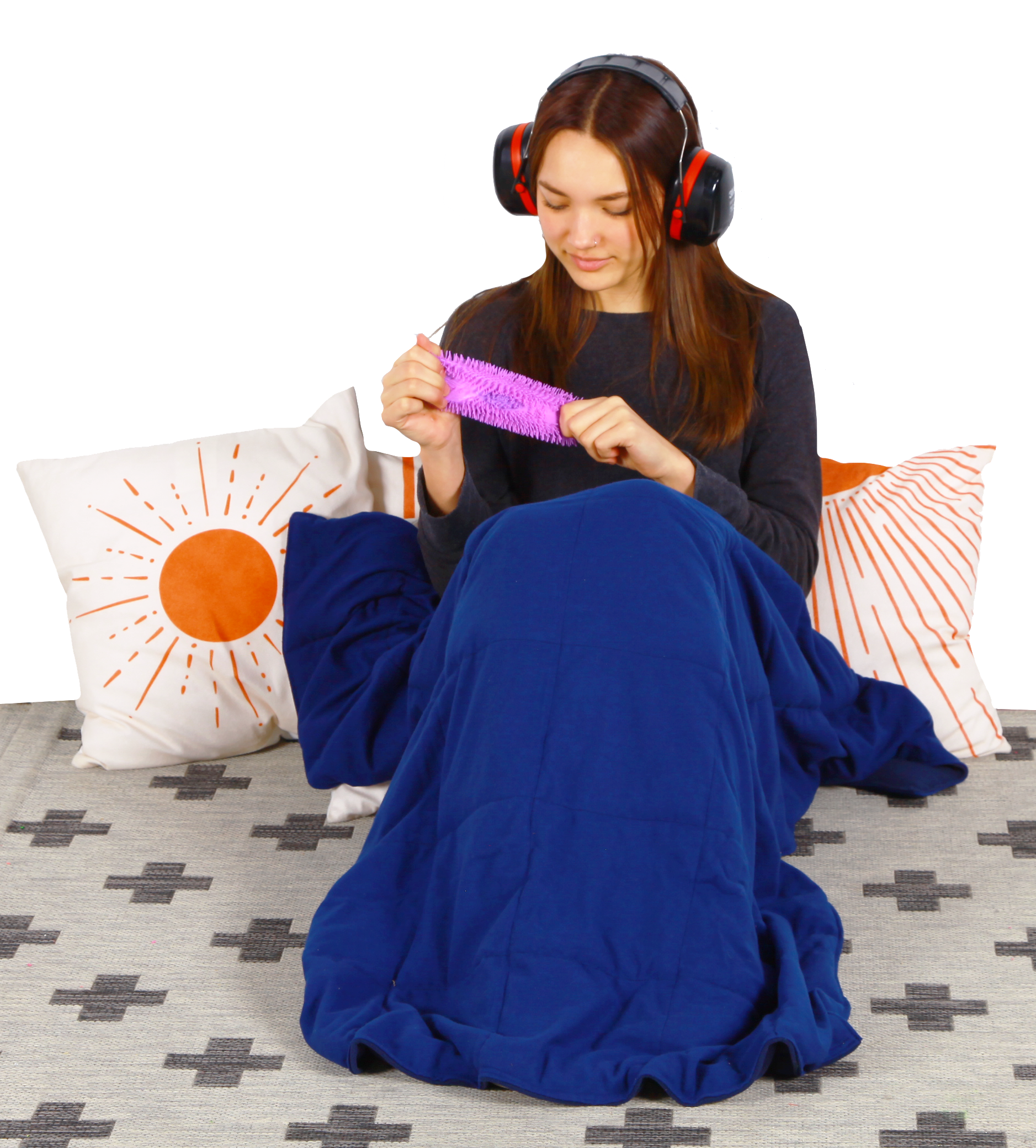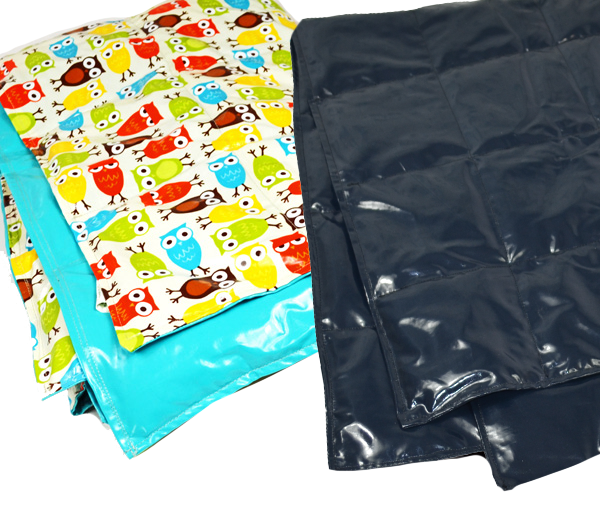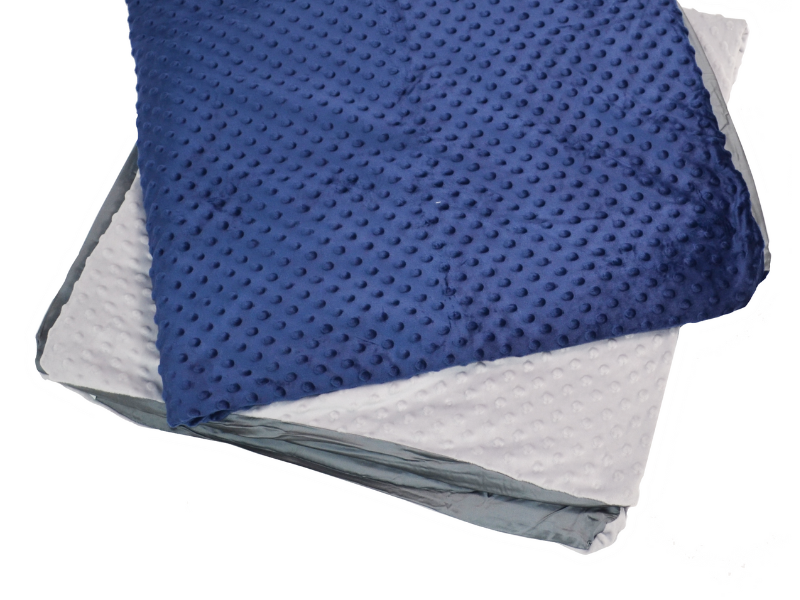Weighted blankets are a wonderful therapeutic tool that offer a multitude of benefits. These blankets provide deep pressure stimulation, help reduce anxiety, increase focus, and more. In this article, we will cover the benefits of weighted blankets for kids with special needs and discuss how to use them safely.

-
Sensory Regulation: Children with special needs often experience sensory processing difficulties. Weighted blankets can help regulate sensory input by providing deep pressure input. This pressure stimulates the release of serotonin, a neurotransmitter associated with relaxation, which can help children feel more grounded and focused.
-
Anxiety Reduction: Many children with special needs, such as autism spectrum disorder (ASD), attention deficit hyperactivity disorder (ADHD), or anxiety disorders, struggle with anxiety. Weighted blankets can help reduce anxiety levels by promoting a sense of security and comfort. The gentle pressure creates a cocoon-like effect, which can reduce feelings of restlessness and promote a calmer state of mind.
-
Focus and Attention: For children with attention-related challenges, such as ADHD, maintaining focus and attention can be difficult. Weighted blankets can assist in increasing focus by providing a sensory input that helps children remain calm and centered. This can be particularly beneficial during activities that require sustained attention, such as schoolwork or therapy sessions.
-
Emotional Regulation: Weighted blankets can assist in emotional regulation by providing a sense of security and comfort. This can be particularly helpful for children who struggle with emotional outbursts or mood swings, as the deep pressure can help them feel more grounded and in control.
-
Reduced Sensory Overload: Many children with special needs experience sensory overload, where they become overwhelmed by sensory stimuli. The gentle pressure from a weighted blanket can help filter out excessive sensory input, allowing the child to better focus on their surroundings and activities.
- Transition Aid: Transitions between activities or environments can be challenging for children with special needs. The use of a weighted blanket can act as a transitional tool, helping them ease into new situations more smoothly.

(Pictured: Wipe Clean Weighted Blankets)
While these blankets are designed to provide comfort and sensory regulation, it's important to follow some key safety guidelines to ensure the child's well-being. By taking these precautions, parents, caregivers, and educators can harness the therapeutic potential of weighted blankets while reducing any potential risks.
1. Consult with a Professional: Before introducing a weighted blanket, it is essential to consult with an occupational therapist or healthcare professional who can assess the child's specific needs and recommend an appropriate weight and size.
2. Choose the Right Weight: The general guideline for weighted blankets is to select one that is around 10% of the child's body weight. However, this can vary, so professional guidance is crucial. Using a blanket that is too heavy may cause discomfort or potential safety hazards.
3. Avoid Restrictive Covering: Ensure that the child can easily remove the weighted blanket independently to prevent any feelings of being trapped. The blanket should cover the child's body comfortably without restricting movement or impeding circulation.
4. Supervision and Monitoring: Children using weighted blankets should be supervised, especially those who are younger or have mobility challenges. Regularly check for signs of discomfort, overheating, or any other adverse reactions.
5. Temperature Regulation: Be mindful of the ambient temperature and ensure the child does not overheat while using a weighted blanket. Choose a blanket with breathable fabric or consider using a lighter-weighted blanket during warmer seasons.
6. Individual Preferences: Every child is unique, so it's important to respect their preferences. Some children may find comfort with the weighted blanket covering their entire body, while others may prefer it on their legs or torso. Adjust the placement according to the child's comfort level.
©2023 Therapy Shoppe® Incorporated. All rights reserved.
More articles you might enjoy:
Simple Calming Deep Pressure Activities You Can Do At Home
Fun Yoga Poses for Kids: Energize, Relax, and Learn!
Creating a Sensory Haven: Must-Haves for an Effective Sensory Room

